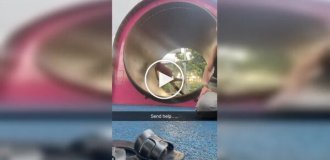History in photographs: Charles Lindbergh's epic journey, which became the world's first non-stop transatlantic flight (11 photos)
In 1927, a new chapter was written in the history of man's conquest of the heavens. At a time when aviation was only in its infancy, Charles Lindbergh dared to accomplish what even the most courageous pilots had not been able to achieve for a long time. 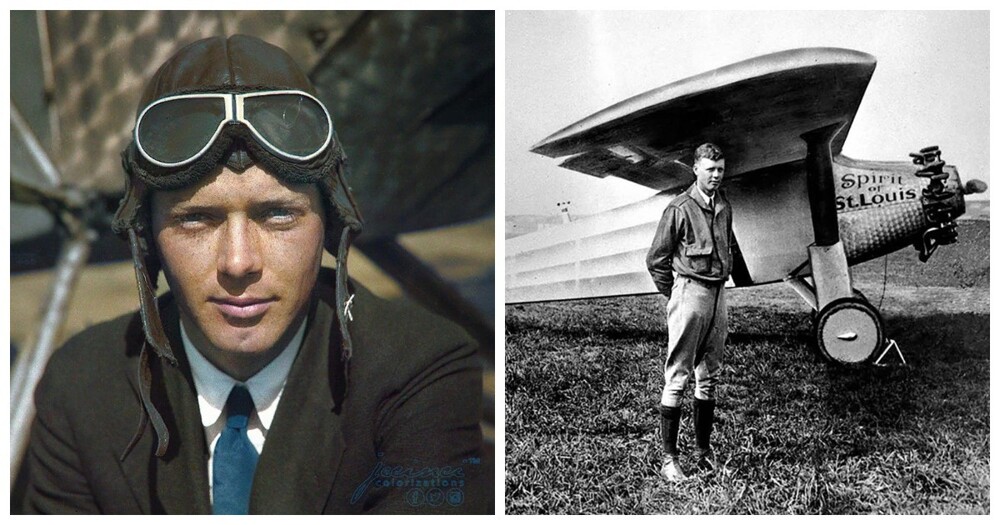
Starting from Roosevelt Field in New York, he made the world's first solo flight across the Atlantic Ocean to Paris. It became not just a journey, but a clear evidence of man’s constant desire for progress. 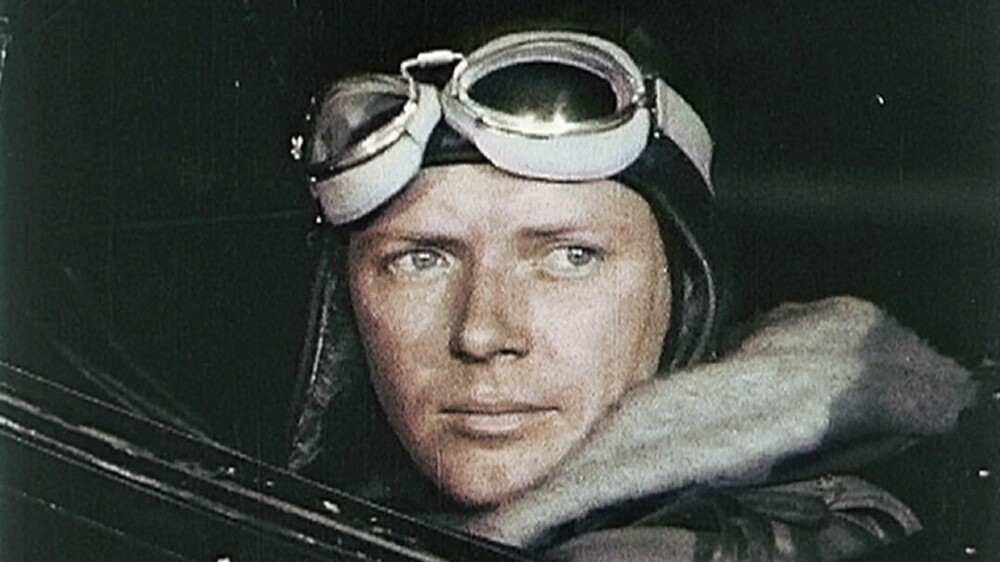
This bold endeavor brought Lindbergh to the attention of the world and allowed him to become one of the truly great aviators. 
Lindbergh was inspired to take this flight by Raymond Orteig, the owner of a New York hotel.
He offered a reward of $25,000 (equivalent to about $400,000 today) for the first aviator to successfully fly solo between New York and Paris. 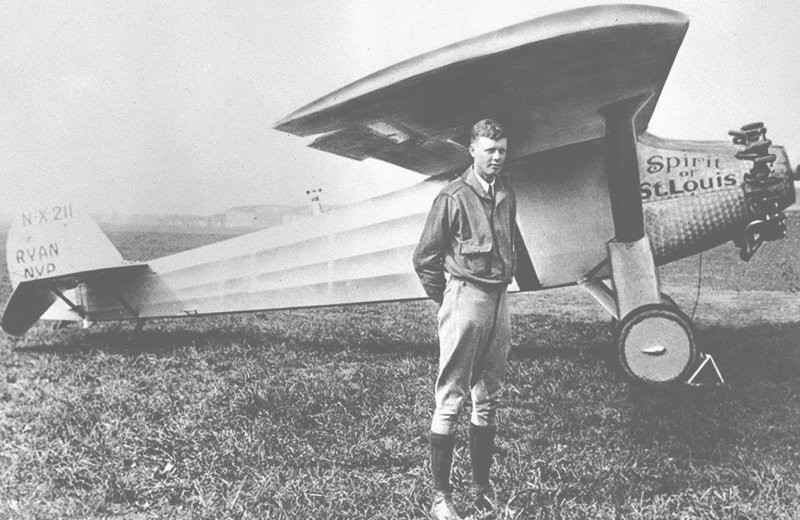
The proposal was originally made in 1919, when aviation was still in its infancy as a field. And crossing the Atlantic seemed almost impossible.
The Orteig Prize remained unclaimed for many years. Although many aviators considered taking on the challenge. 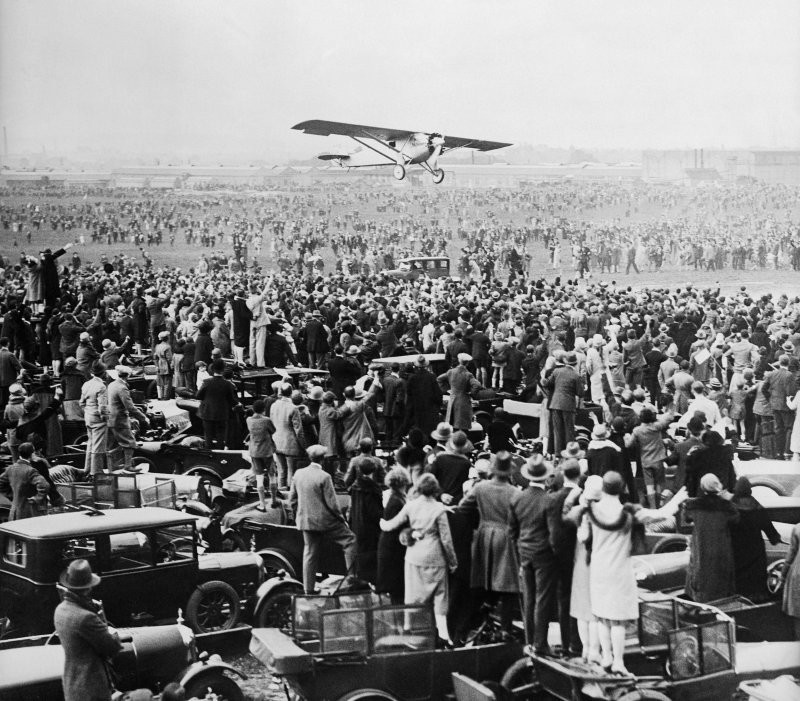
As a result, in the 1920s, a young and determined pilot named Charles Lindbergh became a real contender for victory. He left New York on May 20, 1927 at 7:52 am and arrived in Paris on May 21 at 10:22 pm. It took him 33 hours and 30 minutes to cross the Atlantic solo. 
Built by Ryan Airlines, Spirit of St. Louis was not just a car, but a masterpiece of engineering, designed to overcome all the difficulties associated with flight range.
Thanks to its specific shape, the aircraft exhibited a streamlined aesthetic that minimized drag and maximized efficiency.
Special fuel tanks were installed in the wings, which allowed Lindbergh to take with him the fuel necessary for the flight. 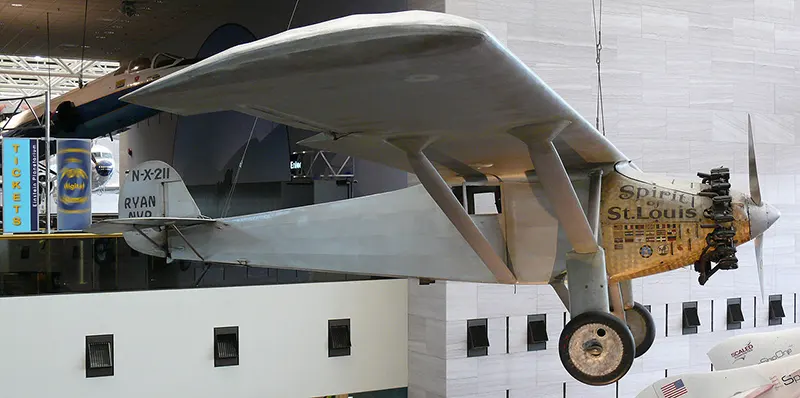
"Spirit of St. Louis" at the National Air and Space Museum
Central to this engineering development was the Wright Whirlwind J-5C radial engine. Although at that time it was not the most powerful, it was chosen for its reliability and efficiency.
The cabin provided optimal visibility. The engine was designed for a maximum operating time of 9,000 hours (which is more than 12 months in continuous operation) and had a special mechanism that allowed it to be kept clean throughout the flight.
For its era, it was very economical, which made it possible to make long flights with low fuel consumption. 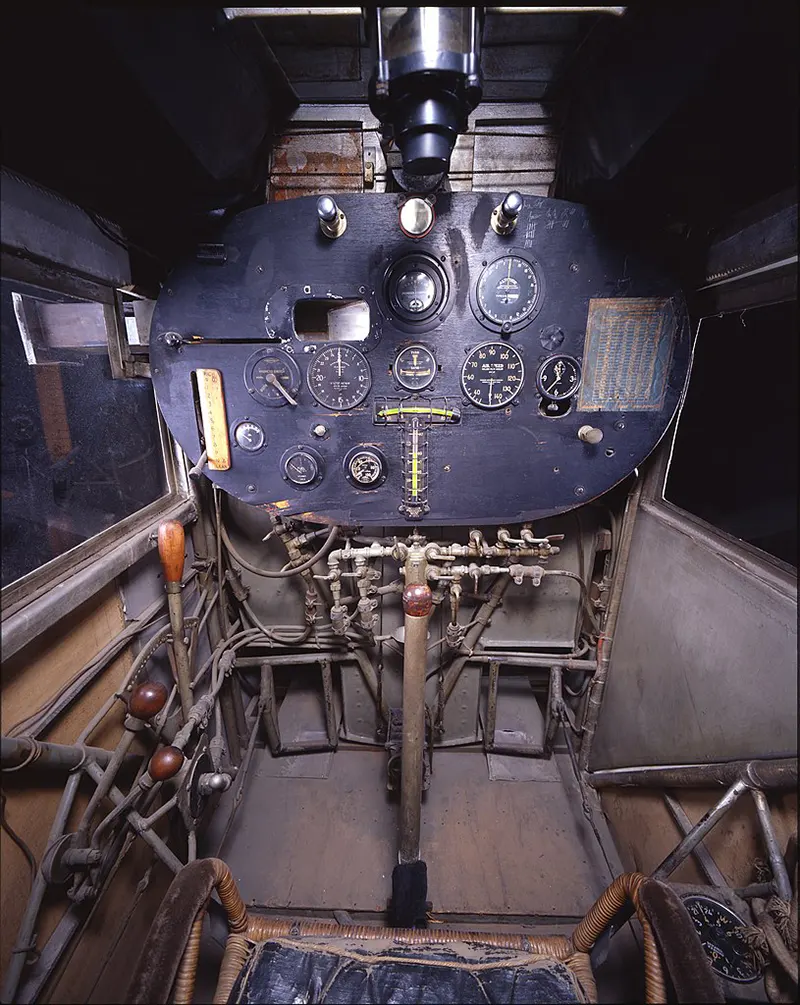
Cockpit
Another important feature of the Whirlwind radial engine was that it was designed to continuously self-lubricate the valves for 40 hours. 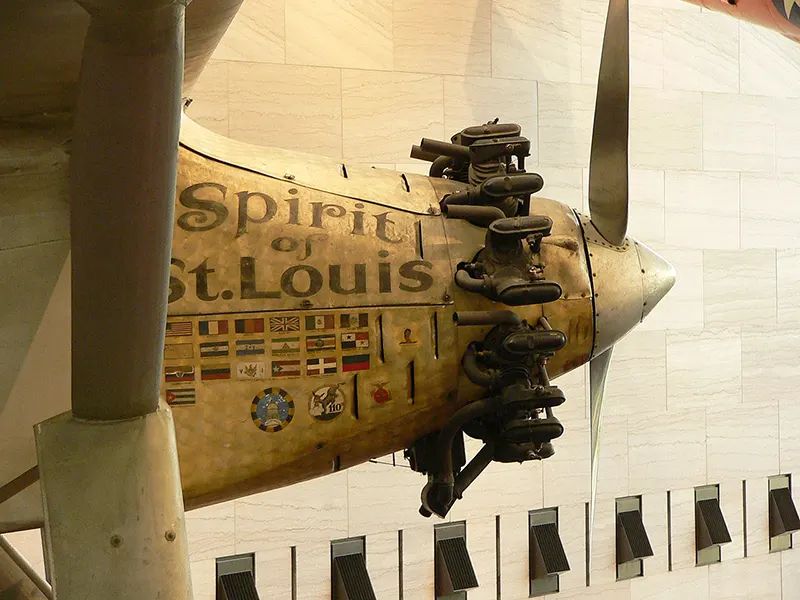
The fuselage was made of treated fabric on a metal tube frame, and the wings were made of fabric on a wooden frame.
On the propeller Spirit of St. Louis included a small Native American swastika and the names of all the Ryan Aircraft employees who designed and built the Spirit of St. Louis. 
It served to wish good luck, goodness, blessings. And after the flight, this symbol began to be used as a talisman for good luck among the first aviators and representatives of other risky professions. 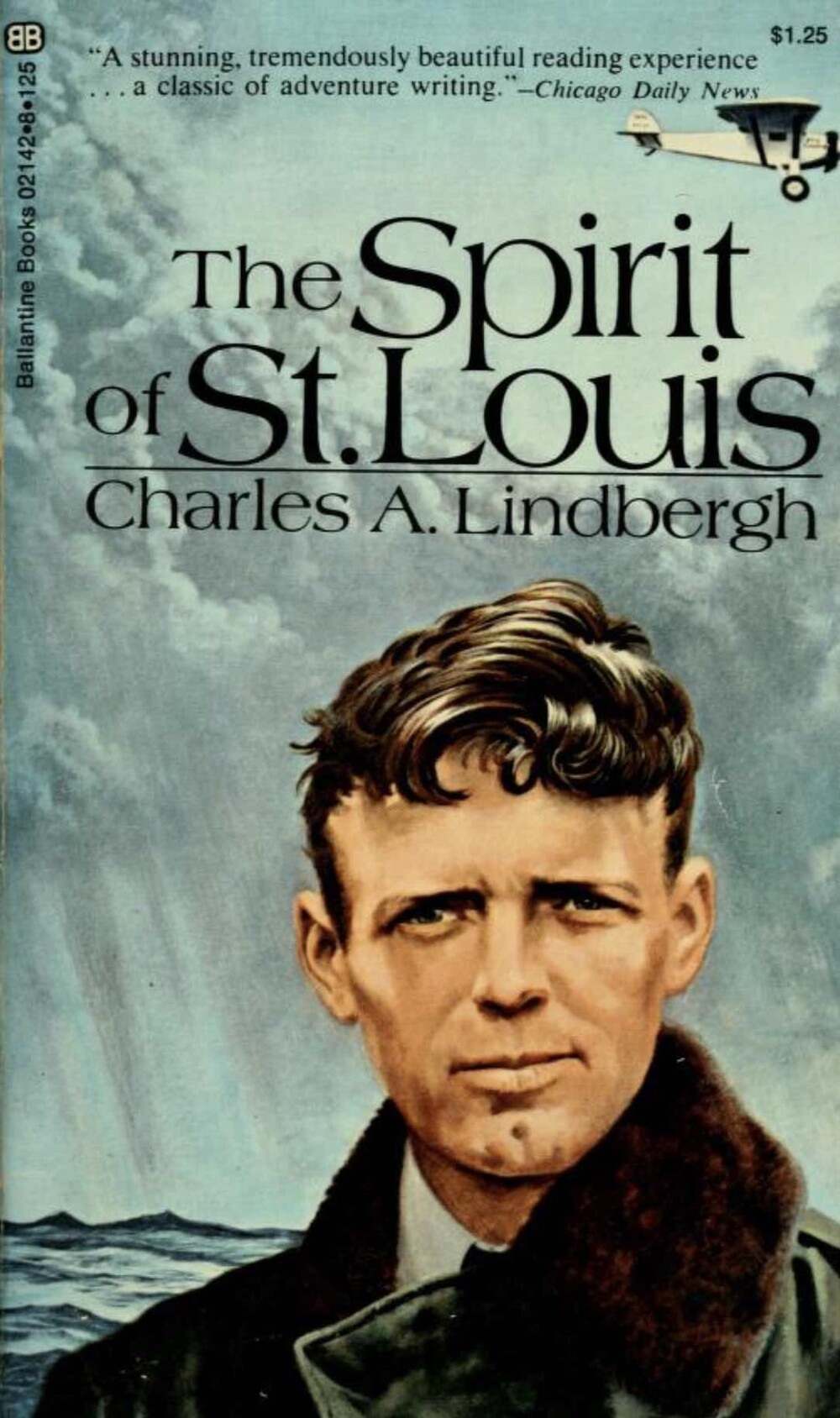
Autobiographical story of Charles Lindbergh

